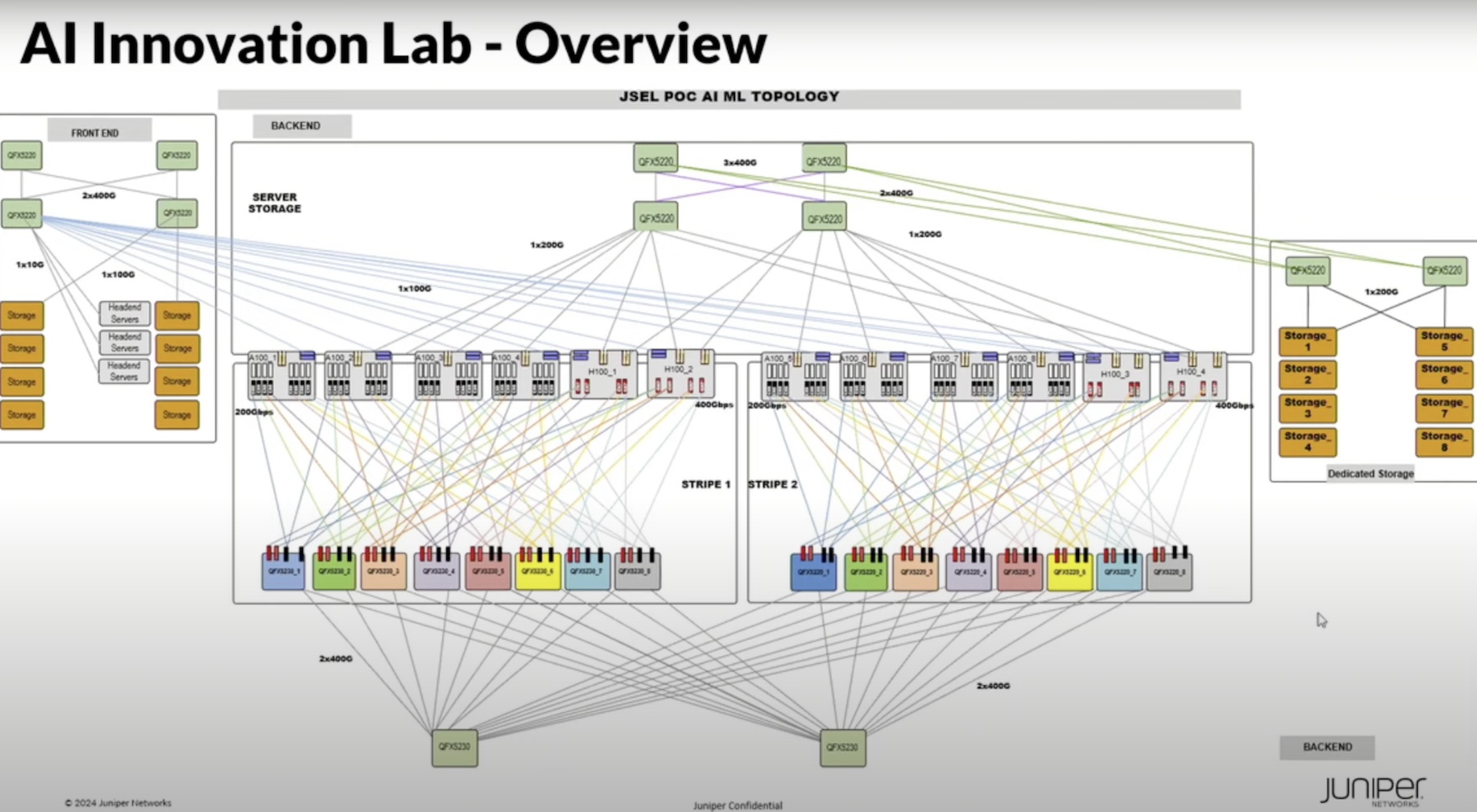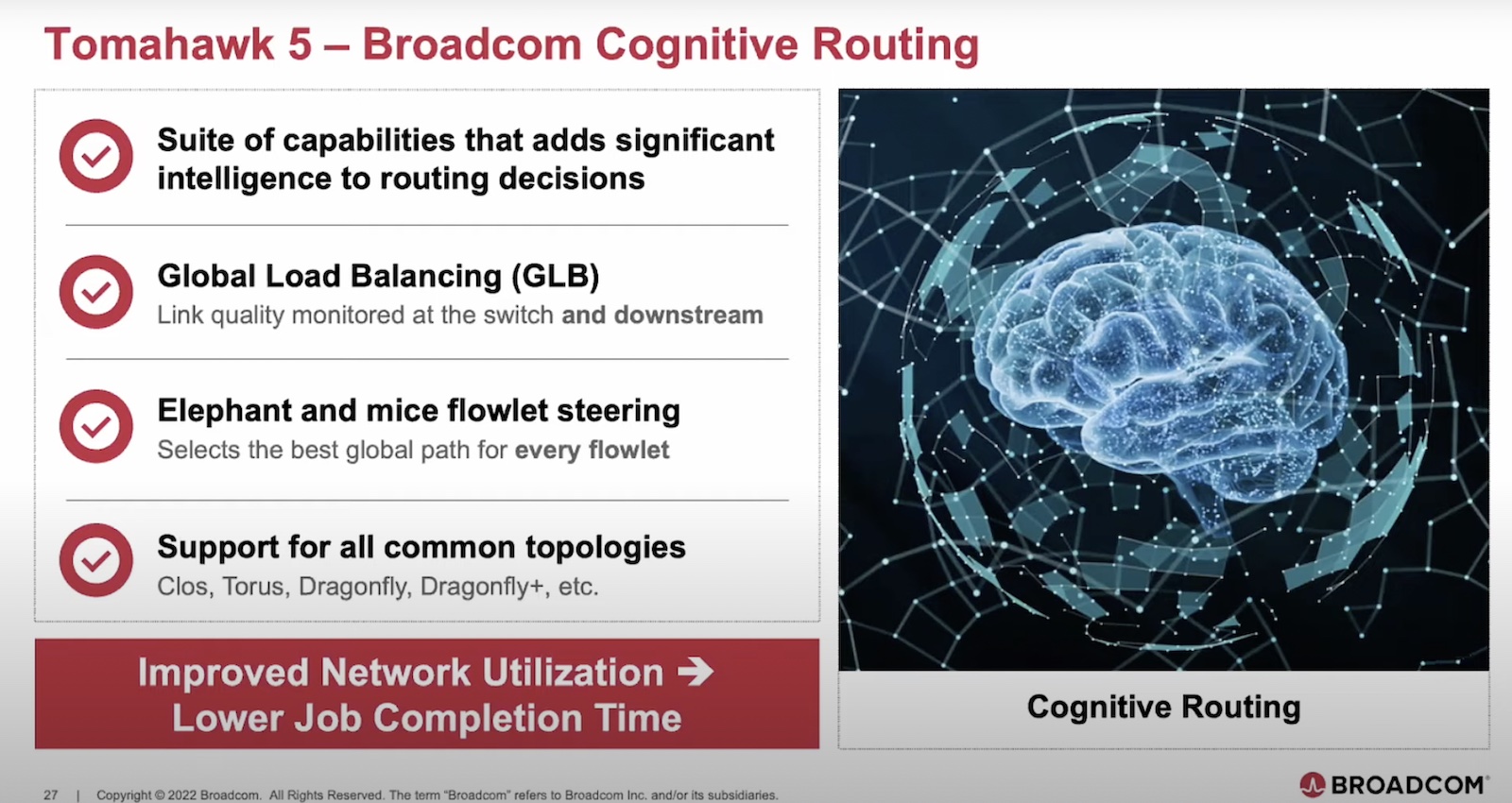In the enterprise, it’s been interesting to follow the debates between 10/40/100GbE and the alternative 25/50/100GbE roadmaps. As the data center demands more bandwidth, we’ll see this debate shake out in practice. But those kinds of speeds are completely irrelevant to the needs of consumers in any kind of foreseeable future. We’re just really starting to see use of the now ubiquitous 1GbE that’s standard on most devices. That’s what made the announcement that Aquantia is launching a consumer focused line of chips with NBASE-T support intriguing.

Source: Aquantia
For the first time, we’re seeing something that approaches a consumer centric approach to higher speed Ethernet. NBASE-T has been around for a while in the enterprise. It allows for slower (but still faster than consumer grade) 2.5/5GbE over regular old copper. This was originally used as a solution for wireless access points, which needed higher bandwidth, but also still required Power over Ethernet that fiber can’t provide.
Now Aquantia is putting that same NBASE-T standard in chips designed with consumers in mind. Their just announced AQC107 and AQC108 bring up to 5G and 10G respectively to a whole range of NICs, routers, motherboards, and other consumer devices. Best of all, this will not require radically new cabling conventions. Previous NBASE-T ran over CAT7 to hit their advertised speeds. Aquantia markets these chips as being able to use standard CAT6, which you may not have wired throughout your house, but is a heck of a lot cheaper (NewEgg shows a 6:1 price difference on 1000ft bulk cable).
Now this is still largely academic, because odds are, consumers will buy a device with these chips and not have anything immediately to take advantage. I’m sure we’ll see some high end gaming NICs hit the market soon, and OEMs will make it a marketing feature on all their high end PC products. But this opens up an avenue for this to begin infiltrating the space. It’ll be exciting to watch what kind of traction this will get in the market in 2017 and beyond. This won’t be a transition that a lot of consumers will notice in the short term, and there’s still a lot of backend work needed to make this really practical, but Aquantia’s new chips at least make it possible to begin.




